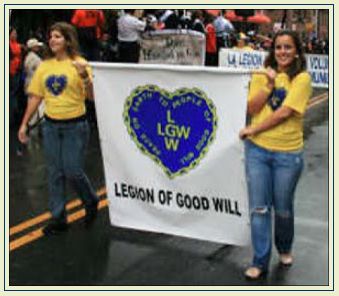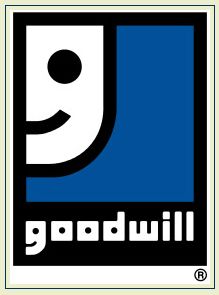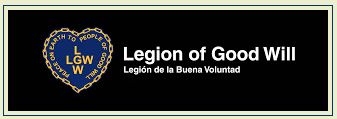Sometimes not-so-good things happen to good people. The Board affirmed a refusal to register the mark LEGION OF GOOD WILL (in standard character form) for "Charitable services, namely, organizing and developing projects that aim to improve the lives of underprivileged and impoverished people; and Education services in the nature of early childhood instruction," finding it likely to cause confusion with the registered mark GOODWILL (in standard character form) for charitable services "for purposes of providing education, training, career, and other personal opportunities and services to benefit people with disabilities and disadvantaging conditions;" and "Child and adult day care service." Applicant also failed to submit verification of its specimens of use, another basis for refusal that the Board affirmed. In re Legion of Good Will aka LGW, Serial No. 87164803 (August 10, 2018) [not precedential] (Opinion by Judge George C. Pologeorgis).

Evidentiary Issues: With its appeal brief, applicant included dictionary definitions of the words in its mark, as well as webpage excerpts from its website. It also made reference in its brief to a third-party registration that had not been submitted during examination of its application. Examining Attorney Jonathon Schlegelmilch objected to all of this evidence as untimely.
The Board took judicial notice of the dictionary definitions but otherwise upheld the examining attorney's objection. The evidentiary record in an application should be complete prior to the filing of an appeal.The proper route for applicant would have been to request that the Board suspend the appeal and remand the file to the Office for further examination.
Strength of the Cited Mark: As to conceptual strength, the dictionary definitions submitted by applicant demonstrated that the GOODWILL mark "is at worst suggestive of the benevolent nature of the services at issue." There was no evidence that the cited mark is commercially weak: i.e., no evidence of third-party registration or use of similar marks. The Board therefore accorded the GOODWILL mark "the normal scope of protection to which suggestive marks are entitled."

Similarity of the Marks: The Board found the marks to be "similar in appearance and sound to the extent that Applicant's LEGION OF GOOD WILL mark fully encompasses the registered GOODWILL mark." As to connotation, the mark GOODWILL "connotes kindness and benevolence and the applied-for mark very similarly connotes a great number or multitude of persons engaged in kindness and benevolence." Therefore, the marks are "far more similar than dissimilar in connotation or meaning." The Board observed, moreover, that consumers often use shortened forms of names, and "it is possible that Applicant and its services are referred to as 'Good Will.'" The presence of the words "LEGION OF" in applicant's mark "does not significantly diminish the strong similarities in connotation and overall commercial impression engendered by these two marks."
The Services: Registrant's charitable services and volunteer programs, as recited in its registration, are encompassed by applicant's projects intended to benefit the underprivileged and impoverished. Thus the class 35 services are identical in part.
As to applicant's educational services (class 41), the examining attorney introduced website evidence of entities offering, under the same marks, childhood education services like those identified in the subject application and child care services of a type identified in the GOODWILL registration. In addition, the examining attorney submitted 10 use-based third-party registrations covering services identified in the involved application and cited registration.
The Board must presume that the overlapping services travel in the same, customary channels of trade to the same classes of consumers.
No Actual Confusion: Applicant asserted the the absence of actual confusion, despite concurrent use of the marks since 1985, indicates that there is no likelihood of confusion. However, the Board pointed out once again that it is not necessary to show actual confusion in order to establish likelihood of confusion. Moreover,
Conclusion: Balancing the relevant du Pont factors, the Board found confusion likely and it therefore affirmed the refusal.

Specimens of Use: Applicant ignored the examining attorney's requirement that it verify its specimens of use, as required by Rule 2.20, and applicant did not address the issue on appeal. "In consequence thereof, Applicant has failed to submit sufficient evidence of actual use of the applied-for mark in commerce as required under Sections 1 and 45 of the Trademark." And so the Board affirmed the second refusal to register.
The content of this article is intended to provide a general guide to the subject matter. Specialist advice should be sought about your specific circumstances.
